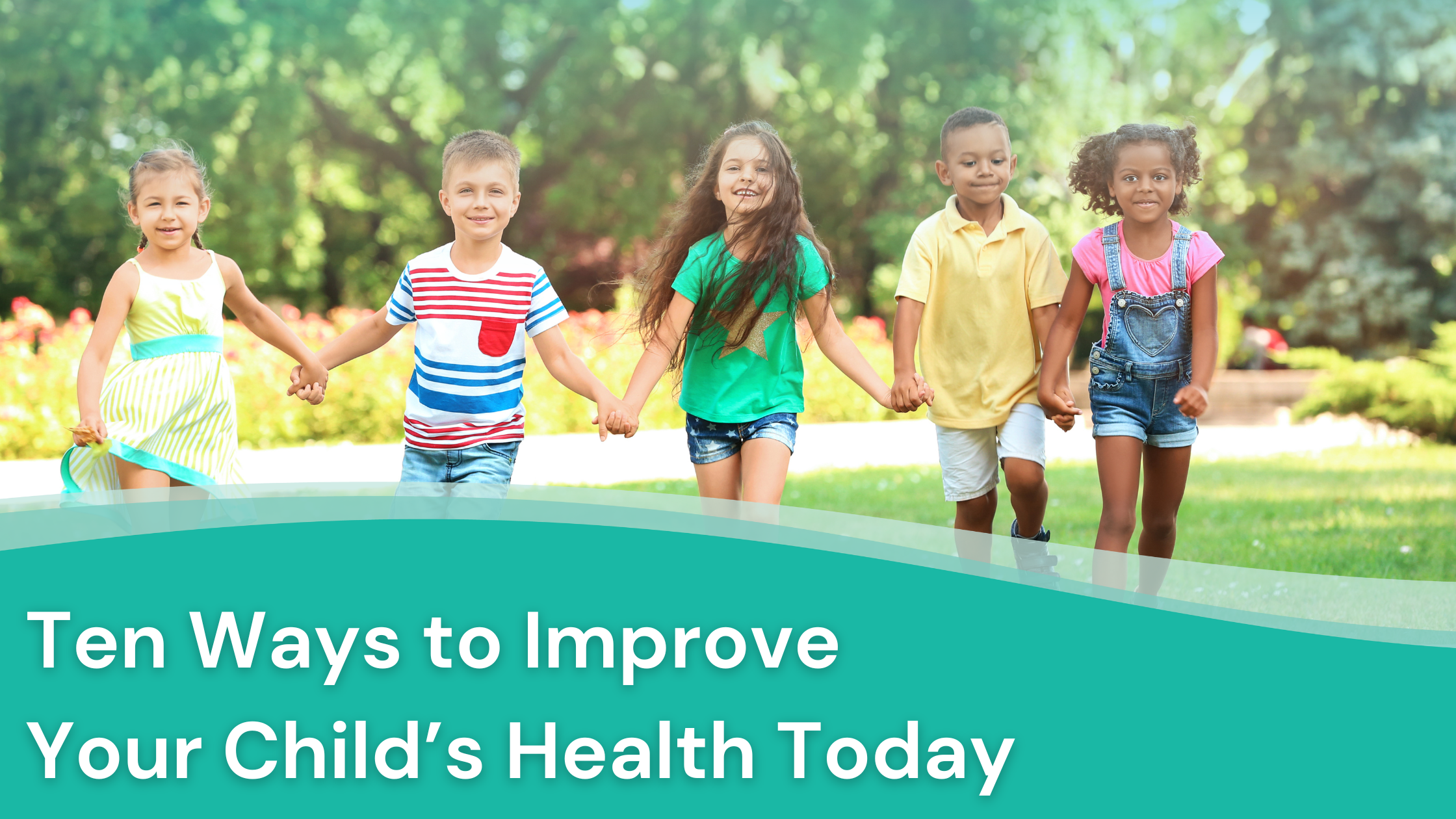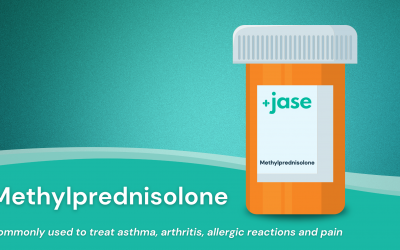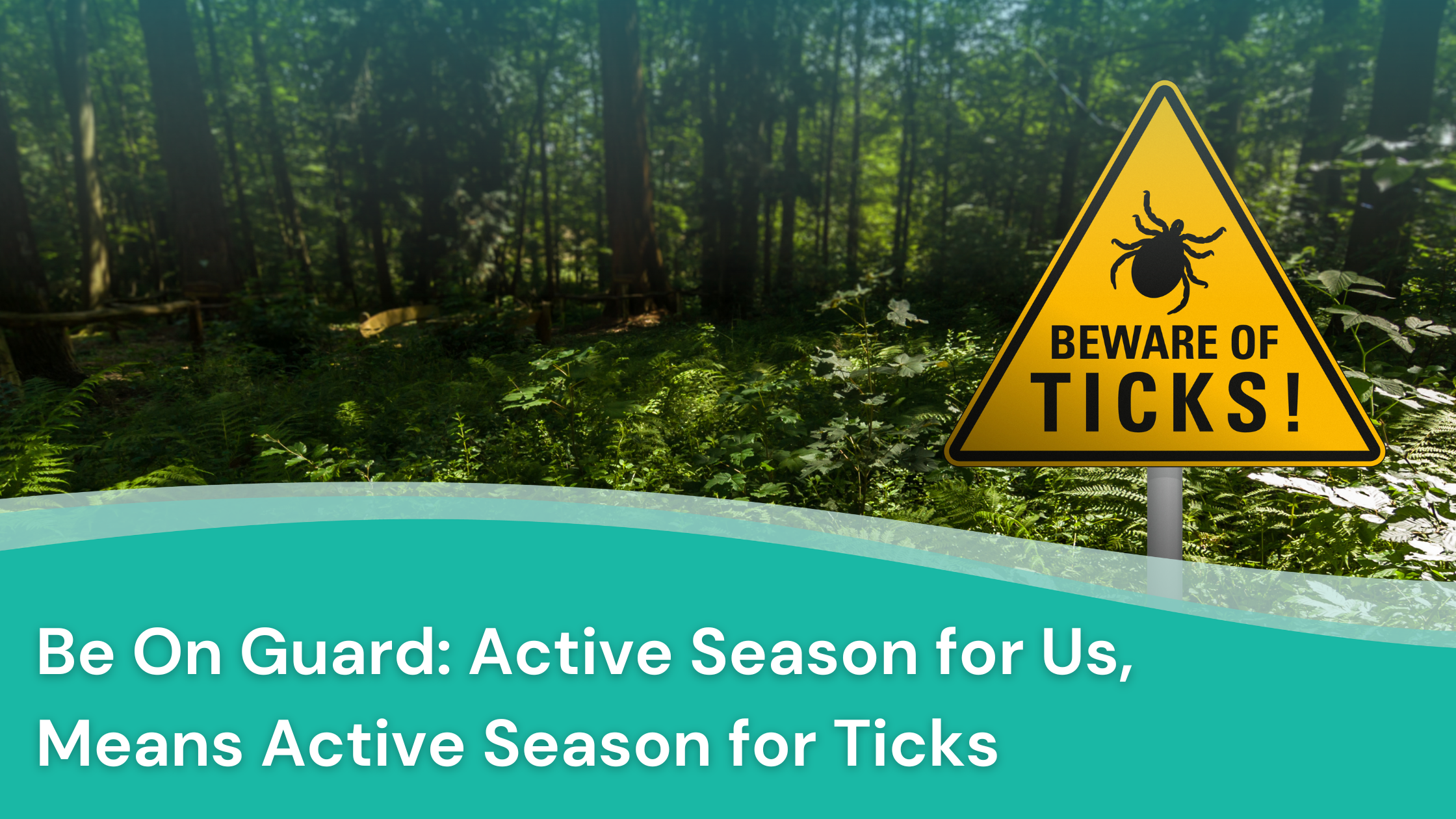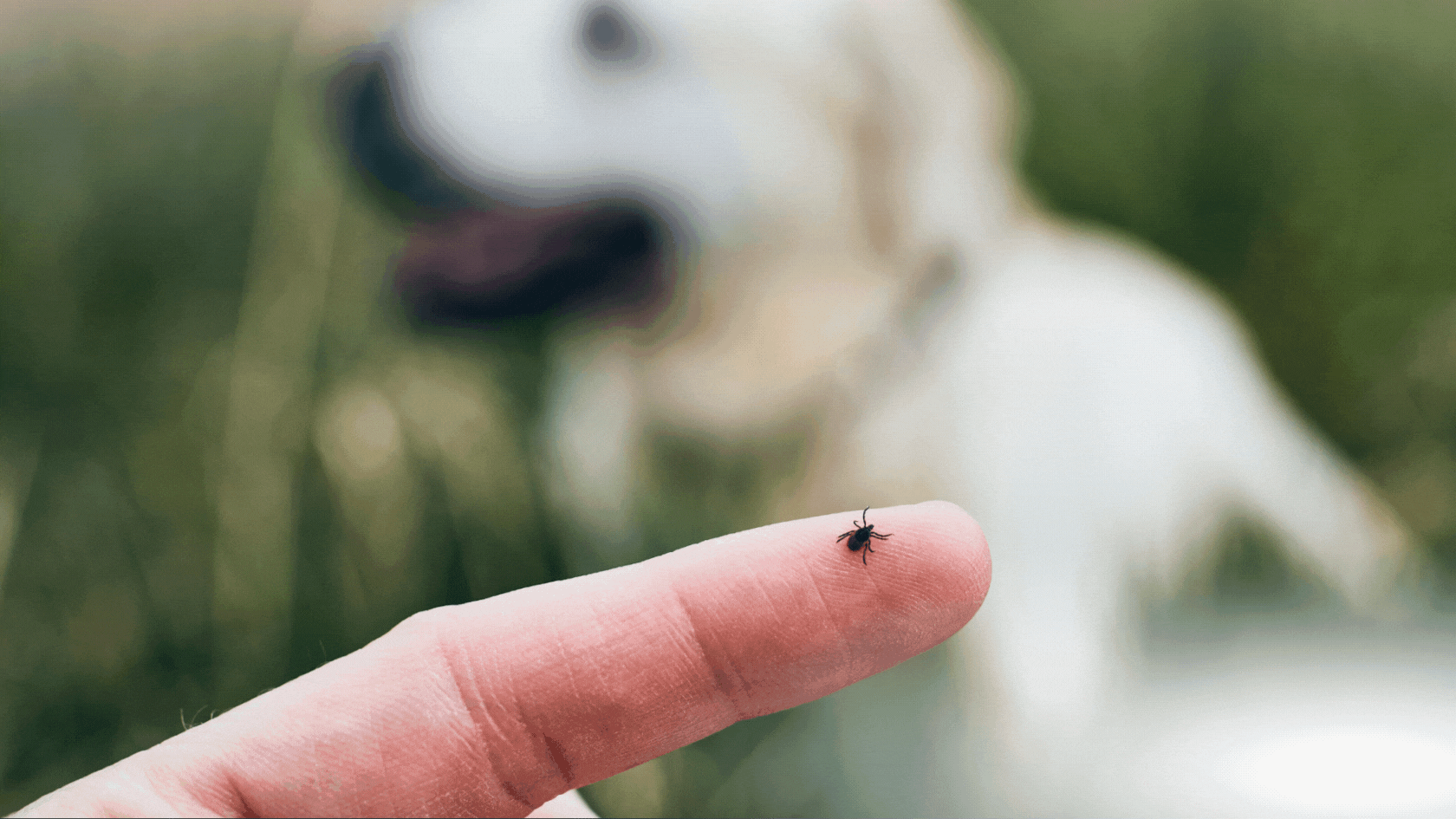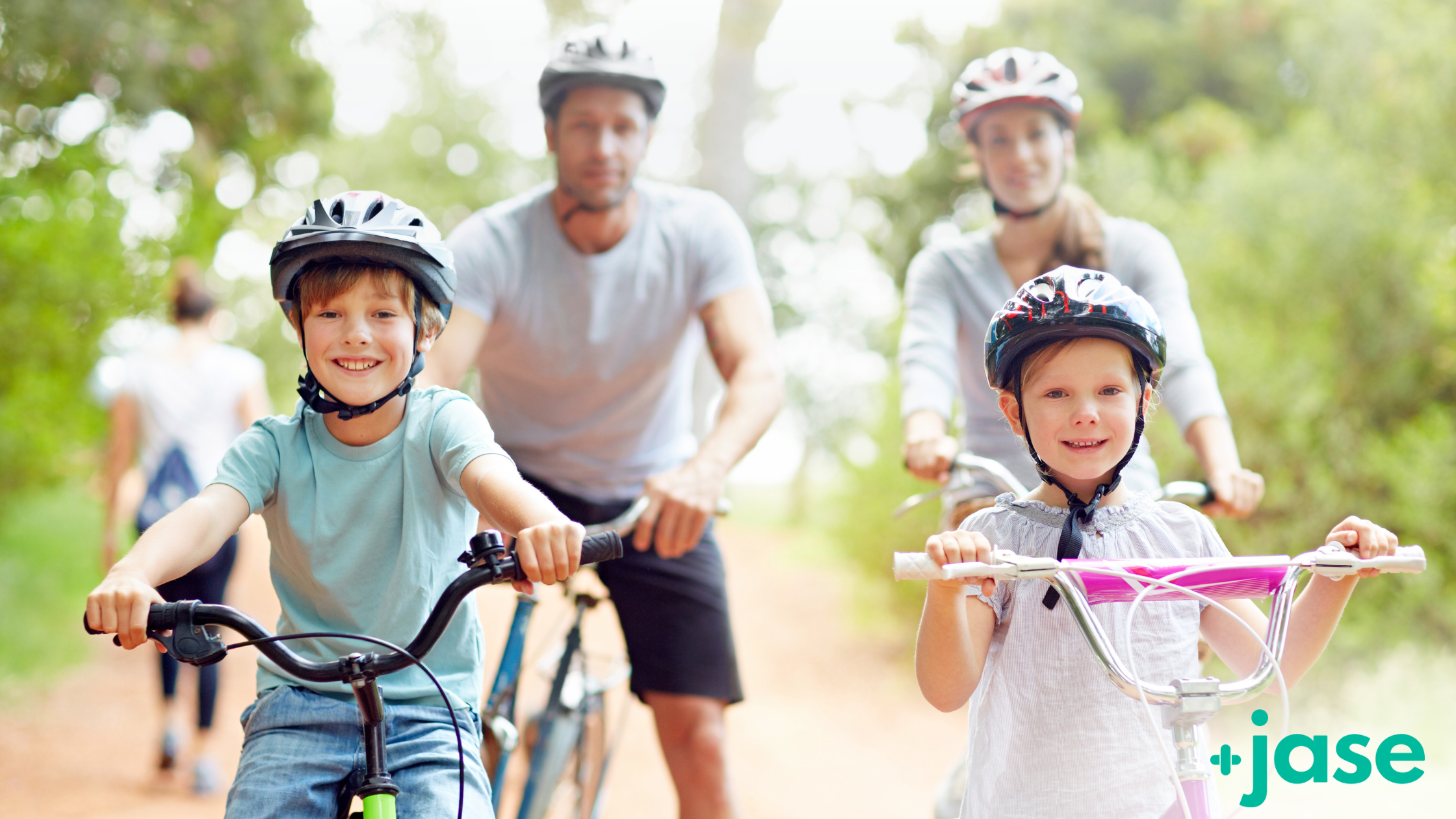Community-acquired pneumonia is much more common than most people realize.Community-Acquired Pneumonia: A Common and Serious Health Concern Community-acquired pneumonia (CAP) is a widespread and potentially serious infection of the lungs that affects millions of...
Ten Ways Parents Can Improve Their Child’s Health Today
Small changes can make a big difference!
As parents, there’s nothing we want more than for our children to be healthy and happy. We dream of them skipping through life with boundless energy, tackling new adventures with enthusiasm, and growing into strong, confident individuals. But let’s be honest, between busy schedules, picky eaters, and the allure of screens, fostering healthy habits can feel like an uphill battle.
Luckily, even small changes can make a big difference! By making simple adjustments into your daily routine, you can significantly improve your child’s overall health and well-being.
Below, we’ll explore ten easy-to-implement strategies you can put into practice today to start your child on the path to a healthier lifestyle.
Ten Easy Ways to Improve Your Child’s Health:
1. Encourage Physical Activity:
-
- Encourage your child to engage in at least 60 minutes of physical activity every day. This can include activities like running, jumping, dancing, or playing sports.
- Take family walks or bike rides to make physical activity a fun family routine.
- Consider enrolling your child in organized sports or activities they enjoy to keep them motivated and engaged.
- Limit sedentary activities like watching TV or playing video games, and encourage active play instead.
| According to the CDC 20.7% of children ages 6-11 were considered obese in a recent study. |
2. Provide Nutritious Meals and Snacks:
-
- Offer a variety of foods from all food groups, including fruits, vegetables, whole grains, lean proteins, and low-fat dairy products.
- Involve your child in meal planning and preparation to teach them about healthy food choices.
- Limit sugary drinks and snacks, and opt for water, milk, or unsweetened beverages instead.
- Make nutrition a family affair. Encourage healthy eating habits by eating nutritious meals and snacks together as a family.
3. Ensure Proper Hydration:
-
- Encourage your child to drink water throughout the day, especially before, during, and after physical activity.
- Avoid sugary drinks like soda and fruit drinks, as they can contribute to weight gain and dental problems.
- Let them pick out a reusable water bottle with a fun design for them to take to school or activities to promote hydration throughout the day.
4. Promote Good Hygiene Practices:
-
- Teach your child the importance of washing their hands with soap and water for at least 20 seconds, especially before eating and after using the bathroom.
- Show your child how to properly brush their teeth at least twice a day and floss daily to prevent dental problems.
- Encourage your child to cover their mouth and nose with a tissue or their elbow when they cough or sneeze to prevent the spread of germs.
5. Set Time Aside for Play:
-
- Encourage unstructured playtime, as it helps children develop social skills, creativity, and problem-solving abilities.
- Provide age-appropriate toys and games that encourage physical activity and imaginative play.
- Limit electronic device time and encourage outdoor play whenever possible to promote physical activity and exposure to natural light.
6. Foster a Positive Mental Attitude:
-
- Encourage your child to talk about their feelings and emotions, and provide a supportive environment where they feel safe and valued.
- Teach your child coping skills to deal with stress and challenges, such as deep breathing, mindfulness, or talking to a trusted adult.
- Keep a positive attitude and resilience in the face of adversity to teach your child how to handle life’s ups and downs.
| In a study from 2016-2019, 9.4% of children aged 3-17 years had diagnosed anxiety, and 4.4% of the same age group had diagnosed depression. |
7. Limit Screen Time:
-
- Set limits on the amount of time your child spends in front of screens, including TV, computers, tablets, and smartphones.
- Encourage screen-free zones and times, such as during meals or before bedtime, to promote better sleep and family interactions.
- Monitor the content your child is exposed to and engage with them in discussions about what they are watching or playing.
8. Ensure Adequate Sleep:
-
- Establish a regular bedtime routine to help your child wind down and prepare for sleep.
- Create a sleep-friendly environment by keeping the bedroom dark, quiet, and cool.
- Encourage your child to avoid screens at least an hour before bedtime, as the blue light can interfere with sleep.
9. Set a Good Example:
-
- Model healthy behaviors, such as eating nutritious meals, being physically active, getting enough sleep, and managing stress effectively.
- Involve your child in your own health and wellness routines to show them the importance of self-care.
- Use positive language when talking about your body and health to promote a healthy body image in your child.
10. Schedule Regular Health Check-ups:
-
- Ensure your child receives regular check-ups with their pediatrician to monitor their growth, development, and overall health.
- Stay up-to-date with vaccinations and screenings recommended for your child’s age and health status.
- Discuss any concerns or questions you have about your child’s health with their healthcare provider to address them promptly.
| 8% of children ages 5-11 missed 11 or more days of school from illness or injury, according to statistical data from the NHIS |
Implementing these things on a daily basis lays a good foundation for them becoming habits, leading to lifelong well being for your kids!
We would do anything for our kids, but sometimes all we can do is not enough. With circumstances outside of our control, such as natural disasters or extended power outages, we are at the mercy of the situation. Keep your family prepared, and their health a priority by having a KidCase on hand – just in case.
Lifesaving Medications
Recent Posts
Keeping you informed and safe.
Condition Closeup: Community-Acquired Pneumonia
Medication Spotlight: Methylprednisolone
From asthma to allergic reactions, to arthritis, Methylprednisolone is a highly effective corticosteroid.What is Methylprednisolone? Methylprednisolone (Medrol Dosepak™) is a versatile corticosteroid medication widely used to treat a variety of inflammatory and...
High Cholesterol: Are You At Risk? What Can You Do?
High cholesterol is an issue for many. But nearly half of sufferers aren't aware, or treating their condition.Cholesterol: necessary in the right amounts, dangerous in high levels. High cholesterol is a prevalent health issue in the United States, affecting millions...
In the News: Pharmacy Benefit Managers and Your Prescription Costs
PBM's are supposed to lower prescription costs; they often do the opposite. News you should know about: Pharmacy Benefit Managers and their secretive role in your prescription costs: A new investigative report by the NYT shows that an mostly secretive group of...

